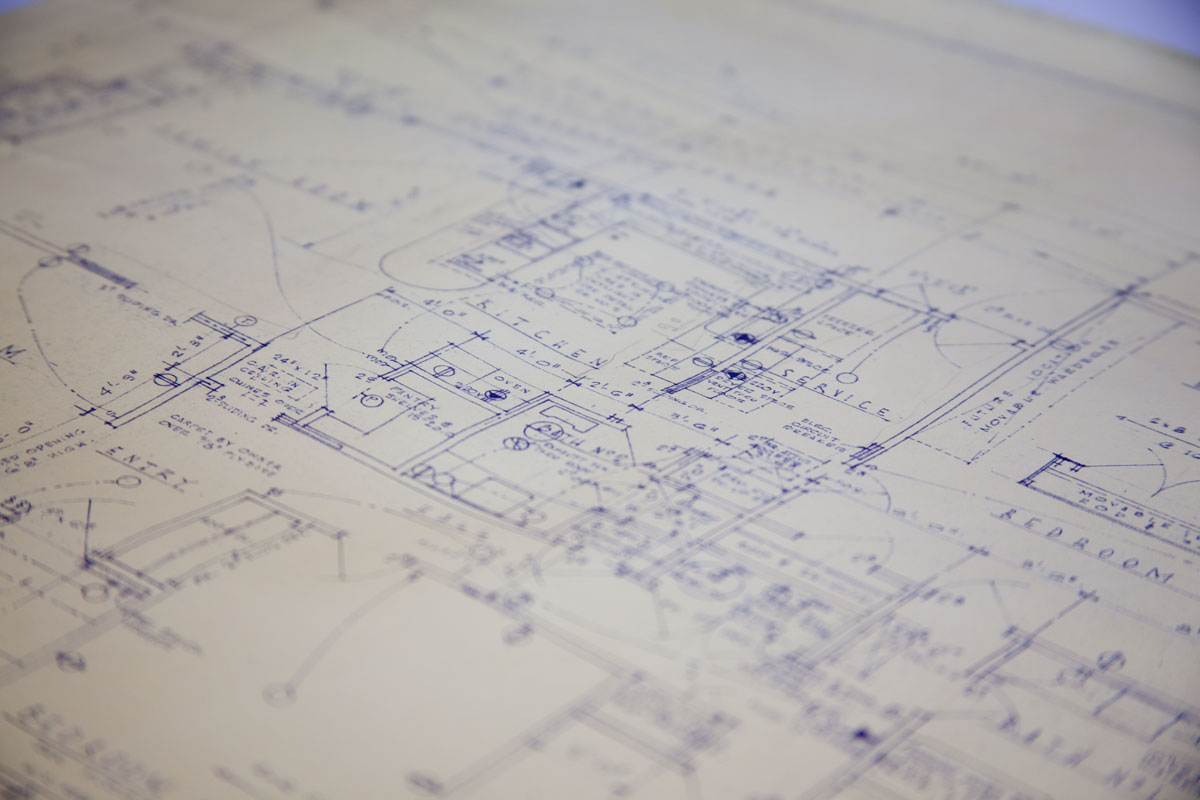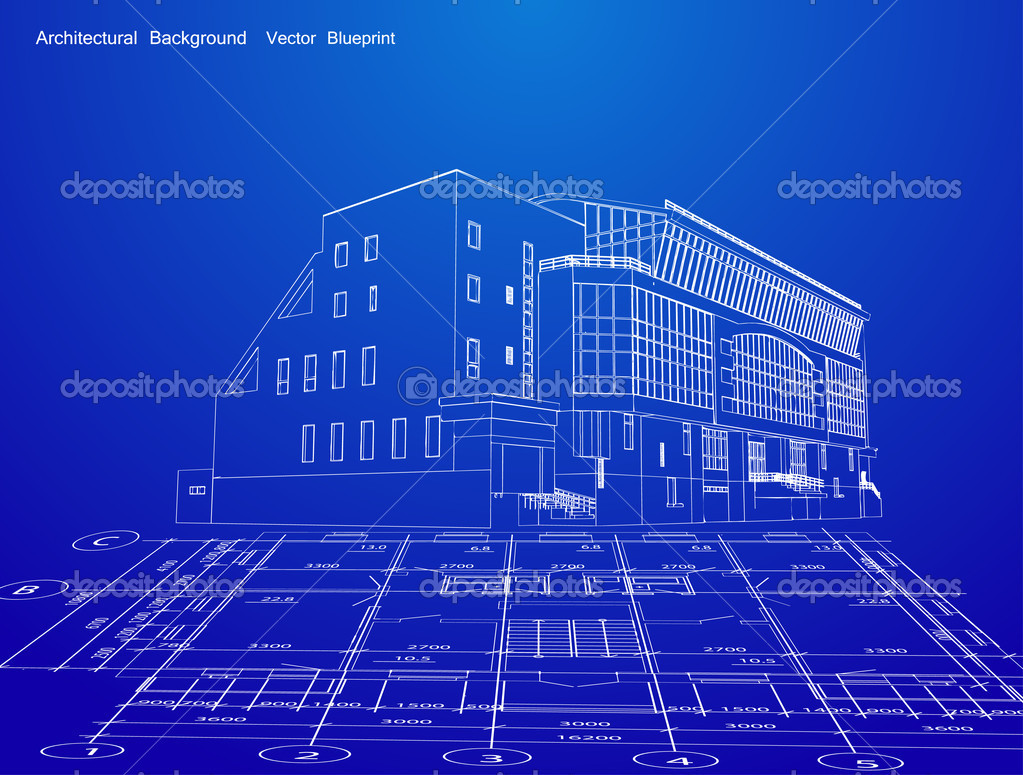

“You’ve got a new residential development that cancels everything out, so it’s a net loss,” he said. Even the most cutting-edge buildings can negatively influence their surroundings in unforeseen ways.Ī new residential development with all the “bells and whistles” of efficient urban design could still make the neighborhood hotter if it blocks wind flow, said Winston Chow, principal investigator at Cooling Singapore, a research group.

There are limits to what can be achieved by rethinking a city only one building at a time. “You can have a big area that’s not energy dependent on churning out lots of air conditioning to make it comfortable,” said Richard Hassell, founding director of WOHA Architects, which designed the Parkroyal hotel. And architects are designing buildings that encourage cross-ventilation, which allows air to move from one side of a building to another, pushing hotter air out and bringing cooler air in. Simple design decisions can also have a big impact on a building’s temperature.īuildings in the new Jurong Lake District avoid directly facing the sun, cooling indoor temperatures. The foliage works as natural blinds, shading the structure and insulating the building’s material from the heat, reducing the need for air conditioning. Singapore is also encouraging the integration of greenery directly into buildings by offering financial incentives for rooftop gardens and vertical green facades. “It’s less than 1 percent of what we spend maintaining storm sewers in L.A. “It’s a real budget item, but it’s not out of proportion to what we already spend on environmental management in cities,” he said. That will come at a cost, but just a fraction of what cities spend on other environmental protections. In order to rely on trees to regulate climate stress, cities will need to treat them as infrastructure to ensure they are healthy and effective, according to Dr. At night, temperatures are lower, as there’s less heat released from the sidewalk. During the day, trees shield pedestrians from the beating sun and prevent the sun’s rays from warming the concrete sidewalk.

#BLUEPRINT ARCHITECTURE MAGAZINE FULL#
The streets around the Khoo Teck Puat Hospital are lined with trees, and the central courtyard of the building is full of dense foliage. You would just engineer a tree,” said Brian Stone Jr., director of the Urban Climate Lab at the Georgia Institute of Technology. “If you wanted to invent the most effective kind of climate management technology from the ground up, you could spend a lot of time trying to do that. Join Ed as he talks you through the creative process behind this architectural marvel.Researchers say that planting more trees is the most effective way to reduce a city’s temperature. The innovative design features a long structure with modular rooms that can be unhooked and rearranged along the house's spine. Built by architect Ed Niles in 1992, his experimental builds have been redefining the architecture of Southern California for decades. If you were to imagine life on Mars your mind might conjure an image similar to this extraordinary residence. Today Architectural Digest tours a futuristic home nestled among the trees in Malibu, California.


 0 kommentar(er)
0 kommentar(er)
